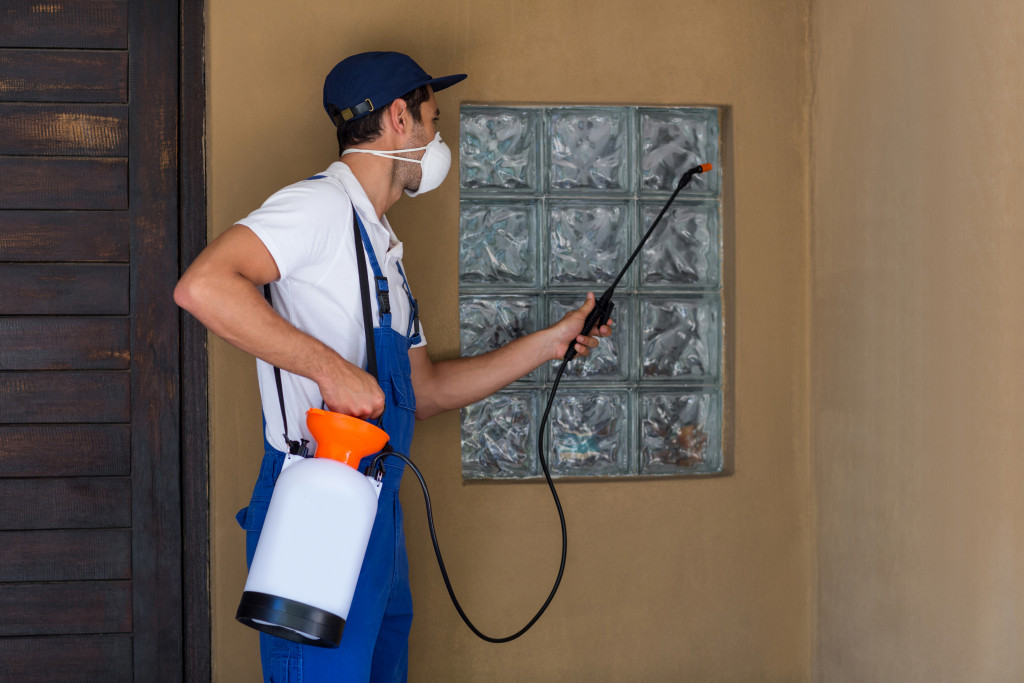The growing popularity of pest management solutions can be linked to the rising scope of urbanization in emerging markets and the development of megacities with populations of more than 15 to 20 million people. Due to their high population density and a significant middle-class population embracing pest management services in the area, countries like China and India are among the leading markets targeted by pest control service providers and pesticide suppliers. Let’s examine some developments in the industry that are taking stakeholders by storm.
Increasing Use of Digital Applications and Technologies
Pest management, mosquito control, and tick prevention are some of the most critical elements of home safety. Pest management is especially vital to food safety in global food supply networks. Changes in the way food is produced, obtained, and delivered and climate change have resulted in a rise in pest-related food safety concerns. Furthermore, stricter food safety laws and changes in customer demand are essential variables that are expected to drive food producers/manufacturers to develop more efficient and sustainable methods to guarantee food quality and safety. Changes in consumer behavior, such as online shopping, have increased the use of automation in the supply chain, allowing pests to flourish in areas with few or no people to detect pest infestations or repel pests, such as rats and mice. As a result, pest control companies are embracing greener and smarter pest management methods.
The Internet of Things (IoT) is a popular technology that aids in remote monitoring and managing pests. IoT technology enables food-related companies to solve these food safety issues. IoT devices can monitor and report pest activity in real-time and gather data that offers fresh insights into pest behavior, which can aid pest management and food safety.

Expensive Registration Fees and an Endless Wait for Product Approval
Data on product chemistry, toxicology, environmental toxicology, and toxicity to non-target organisms must be submitted as part of the registration procedure for various pesticides. Local testing is also needed in certain countries to assess the product’s impact on insect populations. Pest control solutions are intended to either harm an insect’s central nervous system, interrupt mating, or eradicate infestations. To minimize the buildup of goods, a qualified expert should effectively manage the number of products used. Pesticide product registration procedures vary from nation to country. For example, in the United States, the registration procedure includes fulfilling the Federal Insecticide, Fungicide, and Rodenticide Act and the Federal Food, Drug, and Cosmetic Act. The registration costs for pest control products are expensive due to the many testing and approvals needed. Extended testing processes are also a barrier to producers since the lengthy support can damage businesses’ patent chances.
Artificial Intelligence (AI) in Pest Management
The adoption of trending technologies, such as AI, has increased due to the cheap service cost and continuous operation in distant and difficult-to-access areas without interfering with the facility’s operation. As a result, the demand for digital pest management solutions is expected to skyrocket in the coming years. Pest treatment companies can utilize AI-based picture recognition technology to detect and treat different kinds of pests and vermin. The pest control workers use an Android smartphone app to see problems. When a technician notices a rise in a certain kind of insect or rodent, they can snap a photo of the pest and use the best app to identify it. The image is then submitted to Google’s image classification and machine learning algorithms, which examine numerous pest pictures and identifies the invader. When identification is achieved, the app instantly offers remediation options to assist professionals in determining treatment strategies, including appropriate chemicals and homeowner suggestions. Since AI has reduced the number of technician visits, this has resulted in lower service costs and, eventually, greater adoption in the future.
More giant corporations have purchased small and mid-sized pest treatment businesses seeking to extend their local reach in recent years, giving the pest management sector a face-lift. The year 2020 was full of headline-grabbing acquisitions, the most notable of which was purchasing four PCT Top 100 businesses in May alone. With national and multinational companies acquiring PCOs throughout the United States, smaller enterprises are forced to reconsider their business model. PCOs have the option of competing with industry leaders on a local level or preparing their companies for an acquisition or merger. This can be a challenging scenario for long-term owners, but the market is hot, and it may be time to profit from it. With nearly 30 high-profile acquisitions, the industry’s consolidation is unlikely to slow significantly in the coming years.
